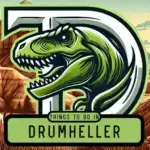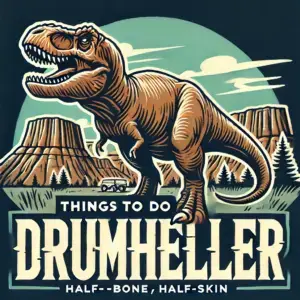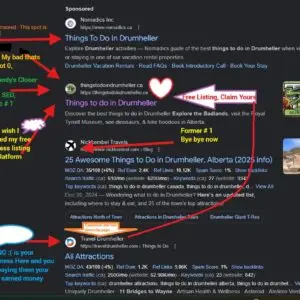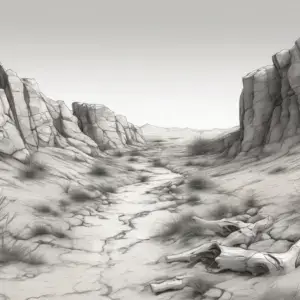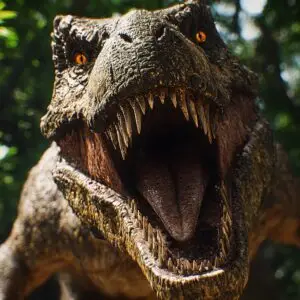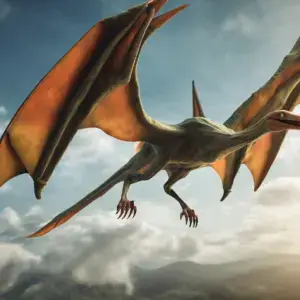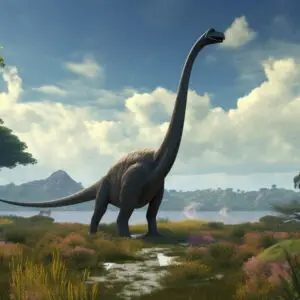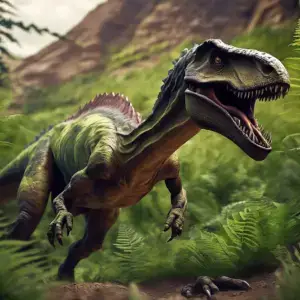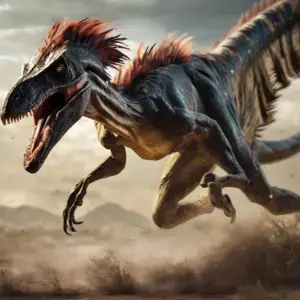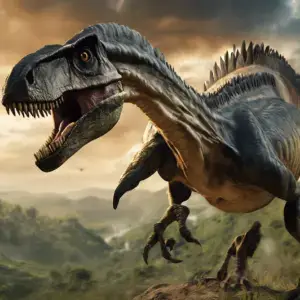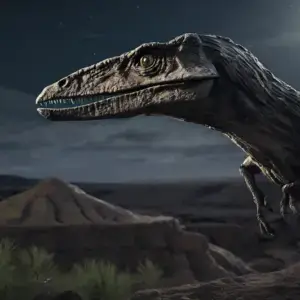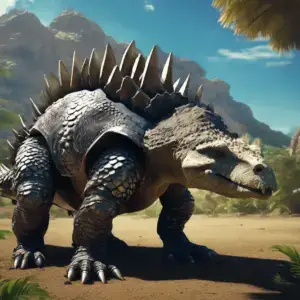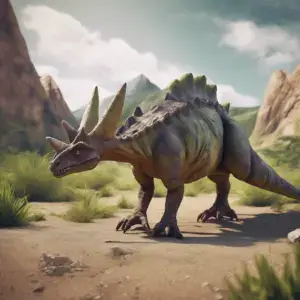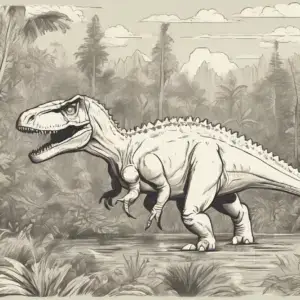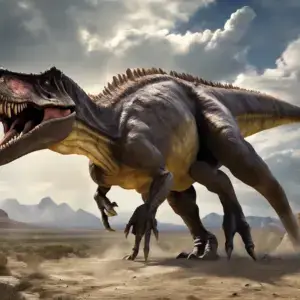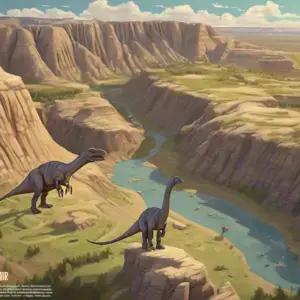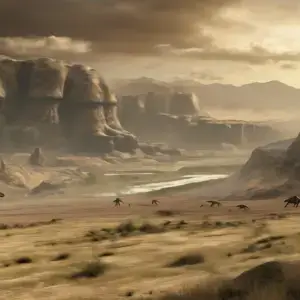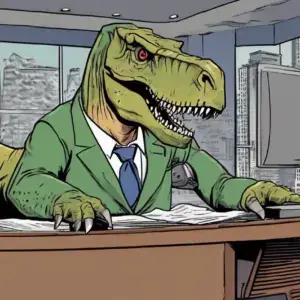Leptoceratops: The Little Horned Holdout
AJ Frey
Things To Do In Drumheller
Discover Leptoceratops, the pint-sized horned survivor that thrived in Drumheller’s prehistoric wilds—a fossil underdog with grit.
Drumheller’s Badlands stretch wide under Alberta’s sky, a rugged valley where the earth spills fossils like a deck of prehistoric cards—and Leptoceratops is the scrappy little ace tucked up the sleeve. This horned dinosaur, small but fierce, held its ground 70 million years ago in the Campanian wilds now etched into Dinosaur Provincial Park and showcased at the Royal Tyrrell Museum. Picture a pint-sized herbivore, horns stubby but proud, dodging bigger beasts across plains that turned to shale. I’ve wandered these coulees, felt the weight of its tiny fossils, and this 1500-word Friday fossil dive into Leptoceratops is your pass to a Badlands underdog that refused to fold. Let’s shuffle into this little horned holdout’s story!
The Discovery: A Small Fry Surfaces
1920s Badlands Find
Leptoceratops popped up in the 1920s when Barnum Brown scooped its first bones from Dinosaur Provincial Park, a 48-kilometer hop northeast of Drumheller. He was combing the Dinosaur Park Formation—Campanian rock that’s a fossil treasure chest—when he nabbed a skull with a beak and horns too small to scare but big enough to notice. Named “slender horned face” for its dainty build, it’s not a lone ranger—more skulls, jaws, and partial skeletons have trickled out of the Park and Red Deer River valley since. The Tyrrell’s got a stash of these finds, pinning Leptoceratops as a Drumheller-area regular. That 1920s haul wasn’t just a bone—it was a Badlands survivor stepping into the spotlight.
Drumheller’s Fossil Underdog
This little horned scrapper’s woven into Drumheller’s dino fabric. The Park’s racked up over 58 species, feeding the Tyrrell’s halls, and Leptoceratops holds its own among giants. Early crews floated these fossils down the river, Drumheller their home base—imagine crates of tiny skulls stacking up. It’s no fluke—multiple finds, some with worn teeth showing a tough life, pepper the region, landing in museum displays and labs far beyond Alberta. This isn’t just a fossil; it’s a Badlands holdout that ties Drumheller to a scrappy prehistoric past.
The Beast: A Pint-Sized Survivor
A Horned Lightweight
Leptoceratops was no heavyweight—about 2 meters long, maybe 60 kilograms, with a beak and horns that barely tipped the scales. Picture a narrow snout, perfect for snipping ferns and low shrubs, topped with a frill that’s more decoration than defense. Those horns? Short, stubby, pointing back—not for goring, but maybe a nudge or two. This herbivore roamed the Campanian plains, legs quick and body low, built to duck and weave past predators like Daspletosaurus. Fossils show a frame that’s light but sturdy—teeth ground down from tough plants, proof it chewed its way through a hardscrabble life in the Badlands’ ancient wilds.
Holdout Hustle
How’d Leptoceratops hang on? Imagine it zipping through Drumheller’s prehistoric brush—too small to be a prime target, too fast to catch easy. Bigger ceratopsians like Styracosaurus flexed horns and frills, but this little guy relied on hustle—dodging teeth, nibbling scraps, outlasting the chaos. Picture a Badlands sunset, Leptoceratops darting between ferns while giants slug it out, a holdout thriving in the shadows. It’s Drumheller’s fossil featherweight—nimble, tough, a survivor that didn’t need size to stick around.
The Science: What Leptoceratops Holds Together
A Campanian Scrapper
Every Leptoceratops fossil paints a Badlands picture—70 million years ago, this was a warm, wet world of rivers and forests, not the dry coulees we see now. The Dinosaur Park Formation teemed with life—swamps thick with plants, a dino free-for-all where this horned lightweight carved a niche. Its beak was a veggie slicer, teeth worn from grinding tough greens, showing it ate what it could find. Fossils hint at growth—juveniles tinier still, adults hitting full scrappiness in 5-10 years. It’s a Drumheller find that stitches the Campanian’s small-fry story—a survivor’s tale in a giant’s world.
Drumheller’s Dino Sidekicks
Leptoceratops rolls with Drumheller’s crew—think Pachyrhinosaurus’s bulk or Troodon’s night moves, all Badlands players. The Park’s coughed up over 500 specimens, and the Tyrrell’s Leptoceratops bits—skulls, jaws—shine as underdog stars. Scientists peg it as a loner or small-group grazer, no herd flash like Triceratops—just a holdout doing its thing. It’s a Badlands thread, proving these coulees bred all sizes—each fossil a piece of Drumheller’s dino patchwork. Leptoceratops keeps the valley’s prehistoric hustle alive.
Why Leptoceratops Rules the Badlands
A Little Horned Legend
Leptoceratops isn’t a towering titan—it’s Drumheller’s scrappy sidekick, a horned holdout that thrived where giants fell. Picture this tiny beast dodging predators across the Badlands, a prehistoric underdog that’d outrun today’s coulee winds. It’s not the fiercest (Daspletosaurus wins that), not the showiest (Styracosaurus takes it), but it’s the pluckiest—a dino that held on and earned its spot in the Tyrrell’s lineup. Kids love its sneaky speed, adults respect its grit—it’s a Badlands survivor that’s flown under the radar too long. Leptoceratops is Drumheller’s fossil featherweight, a little legend that wouldn’t quit.
Your Fossil Friday Hustle
See it at the Tyrrell, just north of town—those Leptoceratops skulls perch in the Cretaceous wing, whispering tales of survival. Picture standing there, feeling 70 million years of hustle in your bones. Then head to Dinosaur Provincial Park, a short trip northeast—its shale still cradles these scrappers, so snag a dig tour if you’re game. This is your Friday fossil hustle, a Drumheller dino that proves small can be mighty. Swing by Munchie Machine after—my Dino Burger’s your fuel, a Badlands bite to match this holdout’s spunk. Leptoceratops is your little horned VIP—step up and salute the scrappy!
Leptoceratops isn’t just a fossil—it’s Drumheller’s tiny survivor, a horned holdout that keeps the Badlands kicking. From the 1920s to today, it’s a find that proves grit beats size in this rugged valley.

